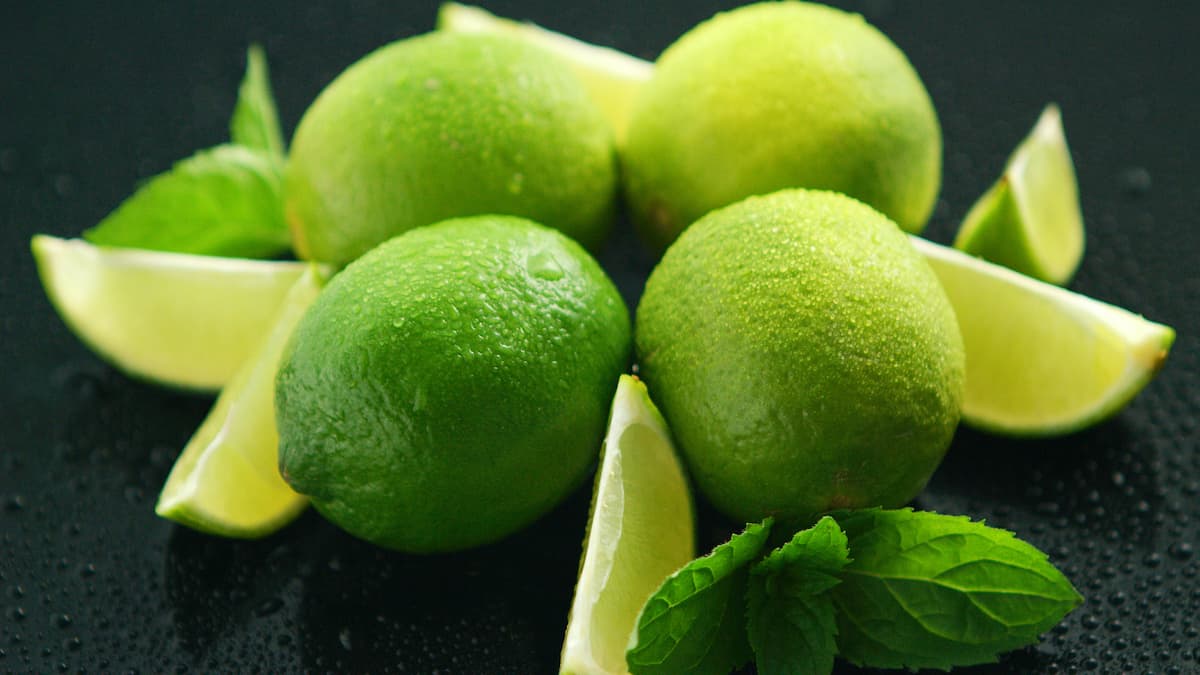

Articles
How To Store Limes In Freezer
Modified: February 21, 2024
Learn how to store limes in the freezer to keep them fresh and ready for use in your favorite recipes. Find helpful tips and tricks in this informative article.
(Many of the links in this article redirect to a specific reviewed product. Your purchase of these products through affiliate links helps to generate commission for Storables.com, at no extra cost. Learn more)
Introduction
When it comes to enjoying the refreshing taste of limes, there’s nothing quite like having them on hand whenever you need them. However, limes have a limited shelf life and can quickly spoil if not stored properly. That’s where freezing comes in. Freezing limes is a simple and effective way to extend their lifespan and ensure you always have this versatile citrus fruit at your fingertips.
In this article, we will explore why freezing limes is a great option, as well as different methods for freezing limes and tips for getting the best results. Whether you want to freeze whole limes, lime juice, or even lime zest, we’ve got you covered. Let’s dive in and discover how to store limes in the freezer!
Key Takeaways:
- Freeze limes to prolong freshness, reduce waste, and enjoy their vibrant citrus flavor year-round. Whether it’s whole limes, juice, or zest, freezing offers convenience and versatility in your culinary creations.
- Properly prepare, package, and store limes in the freezer to maintain their quality and flavor. Thaw and use frozen limes for cocktails, recipes, and infusions, adding a burst of tanginess to your culinary adventures.
Read more: How To Store Limes
Why Freezing Limes?
Freezing limes offers several benefits that make it a worthwhile storage option. Here are a few reasons why you should consider freezing limes:
- Prolongs Freshness: Limes have a relatively short shelf life, typically lasting only a couple of weeks in the refrigerator. Freezing limes can extend their freshness for months, allowing you to enjoy their tangy flavor whenever you want.
- Convenience: Having frozen limes on hand means you can add a burst of citrus to your recipes and beverages without having to make a trip to the store. You can also freeze limes when they are in season or on sale, ensuring you always have them available at a reasonable price.
- Reduces Waste: If you have an abundance of limes that you can’t use up before they spoil, freezing them is an excellent way to prevent waste. By freezing limes, you can save them for later use instead of letting them go to waste.
- Versatility: Frozen limes can be used in a variety of ways. From adding squeezed lime juice to cocktails and recipes to using lime zest to brighten up dishes, having frozen limes allows you to incorporate that zesty citrus flavor into your culinary creations year-round.
Overall, freezing limes is a practical and efficient way to ensure that you always have this vibrant citrus fruit available whenever you need it. Now that we understand the benefits of freezing limes, it’s time to get into the details of how to prepare limes for freezing and the different methods you can use.
Preparing Limes for Freezing
Before you can freeze limes, it’s essential to properly prepare them. Here’s a step-by-step guide on how to prepare limes for freezing:
- Choose Fresh Limes: Select limes that are ripe, firm, and free from any blemishes or mold. They should have a vibrant green color and feel slightly heavy for their size.
- Wash and Dry: Rinse the limes under cool running water to remove any dirt or residue. Gently pat them dry with a clean towel or paper towels.
- Remove Stickers and Labels: If your limes have any stickers or labels, carefully peel them off to ensure that no adhesive residue remains.
- Optional: Zest the Limes: If you plan to freeze lime zest, use a microplane or fine grater to remove the outermost layer of the lime peel. Be careful not to grate too deeply into the white pith, as it can be bitter.
- Quarter the Limes: Slice the limes crosswise to create quarters. This will make them easier to handle and allow you to extract the juice more efficiently.
- Squeeze the Juice: If you intend to freeze lime juice, use a citrus juicer or your hands to squeeze out the juice from the quartered limes. Strain the juice through a fine-mesh sieve to remove any pulp or seeds.
Once you have prepared the limes according to your freezing needs—whether you are freezing whole limes, lime juice, or lime zest—it’s time to move on to the specific methods of freezing. Let’s explore the different methods step-by-step to ensure that your limes freeze well and retain their quality and flavor.
Method 1: Freezing Whole Limes
If you want to freeze whole limes, follow these simple steps:
- Place the Limes in a Freezer-safe Bag or Container: Arrange the washed and dried whole limes in a freezer-safe bag or container. It’s important to seal them tightly to prevent freezer burn and maintain the fruit’s quality.
- Label and Date: Use a marker or a label to note the contents and date of freezing. This will help you keep track of the freshness and usage time of the limes.
- Remove Air: If using a bag, press out as much air as possible before sealing it. If using a container, make sure it has an airtight lid to minimize air exposure.
- Place in the Freezer: Put the bag or container of limes in the freezer, ideally in a single layer. Avoid overcrowding or stacking them to allow for even freezing and faster thawing later.
Whole limes can be frozen for up to 6 months. When you’re ready to use them, simply remove the desired number of limes from the freezer and let them thaw in the refrigerator or at room temperature. Keep in mind that the texture of the limes may become slightly softer after freezing, but they will still retain their flavor.
Freezing whole limes is a great option if you want to have ready-to-use citrus for garnishing, squeezing over dishes, or making infusions. However, if you prefer to freeze lime juice or lime zest for specific recipes, we’ve got you covered with the next methods!
Method 2: Freezing Lime Juice
Freezing lime juice is a convenient way to have freshly squeezed citrus juice on hand at any time. Here’s how to freeze lime juice:
- Squeeze the Juice: Start by juicing the prepared limes using a citrus juicer or by hand. Make sure to strain the juice through a fine-mesh sieve to remove any pulp or seeds.
- Measure the Juice: Determine the quantity of lime juice you want to freeze. It’s helpful to measure the juice in standard units, such as tablespoons or cups, so you can easily incorporate it into recipes later.
- Transfer to Freezer-safe Containers: Pour the freshly squeezed lime juice into small freezer-safe containers or ice cube trays. Leave some space at the top to allow the liquid to expand as it freezes.
- Label and Date: Use a marker or label to indicate the contents and the date of freezing on each container or tray. This will help you keep track of the freshness and usage time of the lime juice.
- Freeze: Place the containers or ice cube trays in the freezer. If using ice cube trays, allow the lime juice cubes to freeze completely before transferring them to a freezer bag for long-term storage.
Frozen lime juice can be stored for up to 3 months in the freezer. When you need lime juice for your recipes, simply thaw the desired amount in the refrigerator or at room temperature. If you only need a small quantity, you can use the frozen lime juice cubes directly, allowing them to melt into your dish or beverage.
Freezing lime juice not only preserves its tangy flavor but also ensures that you always have a readily available supply for cooking, baking, and making refreshing lime-infused drinks.
Next, let’s explore how to freeze lime zest to capture and preserve its vibrant citrus essence.
To store limes in the freezer, first wash and dry them thoroughly. Then, place the whole limes in a resealable plastic bag and remove as much air as possible before sealing. Label the bag with the date and store in the freezer for up to 3 months.
Read more: How To Store Limes In Water
Method 3: Freezing Lime Zest
If you want to preserve the bright and aromatic zest of limes, freezing is an excellent option. Here’s a simple method to freeze lime zest:
- Zest the Limes: Using a microplane or fine grater, carefully remove the outermost layer of the lime peel. Be cautious not to grate too deeply into the white pith, as it can be bitter.
- Spread on a Baking Sheet: Lay the freshly grated lime zest evenly on a baking sheet lined with parchment paper. Ensure that the zest is spread out in a thin layer without clumps.
- Pre-freeze the Zest: Place the baking sheet with the lime zest in the freezer for about 1-2 hours, or until the zest is completely frozen. This step prevents the zest from clumping together during long-term storage.
- Transfer to Freezer-safe Containers: Once the zest is frozen, quickly transfer it into small, airtight freezer-safe containers or resealable bags. Make sure to remove any excess air before sealing them.
- Label and Date: Use a label or marker to indicate the contents and the date of freezing on each container or bag. This will help you identify and use the zest within a reasonable time frame.
- Return to the Freezer: Place the containers or bags of frozen lime zest back in the freezer for long-term storage.
Frozen lime zest can be stored for up to 6 months, retaining its vibrant aroma and flavor. Whenever a recipe calls for lime zest, simply remove the desired amount from the freezer and use it directly. Frozen zest works well in baking, cooking, and adding a burst of citrus to sauces, dressings, and desserts.
By freezing lime zest, you can capture the essence of fresh limes and enjoy its bright, citrusy goodness throughout the year.
Now that you know how to freeze whole limes, lime juice, and lime zest, let’s explore some additional tips to ensure the best results when freezing limes.
Tips for Freezing Limes
To make the most out of your frozen limes and maintain their quality, consider the following tips:
- Choose Fresh Limes: Start with fresh, high-quality limes for the best results. Avoid using limes that are overly ripe or have started to spoil.
- Properly Store Frozen Limes: Whether you’re freezing whole limes, lime juice, or lime zest, use freezer-safe bags or containers that are specifically designed for freezing. Ensure they are sealed tightly to prevent freezer burn.
- Label and Date: Always label the containers or bags with the contents and the date of freezing. This will help you keep track of their freshness and usage time.
- Remove Air: When freezing limes, try to remove as much air as possible from the packaging. Excess air can lead to freezer burn and diminish the quality of the limes.
- Keep Freezer Temperature Consistent: Maintain a consistent freezer temperature of 0°F (-18°C) or below to ensure optimal freezing and preservation of the limes.
- Freeze in Portions: If you plan on using limes in specific quantities for recipes, freeze them in portion sizes. This way, you can easily retrieve the amount you need without thawing the entire batch.
- Consider Flash Freezing: For freezing lime juice or zest separately, you can use ice cube trays to create individual portions. Once frozen, transfer the cubes to a freezer bag for easier storage.
- Check and Rotate: Regularly check your frozen limes to ensure they remain in good condition. Rotate older batches to the front so they are used before newer ones.
Following these tips will help ensure that your frozen limes maintain their freshness, flavor, and quality for an extended period. Now, let’s move on to the final step: thawing and using your frozen limes!
Thawing and Using Frozen Limes
When you’re ready to use your frozen limes, it’s important to thaw them properly to preserve their flavor and texture. Here’s how to thaw and use frozen limes:
- Whole Limes: To thaw whole frozen limes, simply transfer them from the freezer to the refrigerator. Allow them to thaw slowly for several hours or overnight. Once thawed, the limes may become slightly softer, but they can still be used for juicing, garnishing, or adding to recipes.
- Lime Juice: For frozen lime juice, you have a few options. You can let the container thaw in the refrigerator overnight, or you can place the container in a bowl of cold water to speed up the thawing process. Avoid using hot water, as it may negatively affect the quality of the juice.
- Lime Zest: Frozen lime zest can be used directly in recipes without thawing. Simply remove the desired amount from the freezer and add it to your dish or recipe. The zest will quickly defrost and release its vibrant lime flavor.
Once thawed, use the limes as you would use fresh limes. Whether it’s squeezing the juice into beverages, garnishing salads and seafood dishes with lime slices, or incorporating lime zest into baked goods or sauces, frozen limes can add that perfect citrusy touch to your culinary creations.
Remember that thawed limes may have a softer texture compared to fresh ones, particularly in the case of whole frozen limes. However, their flavor and tanginess remain intact, making them a convenient and versatile ingredient in the kitchen.
With these thawing and usage tips in mind, you’re now equipped to make the most out of your frozen limes. Let’s wrap up our discussion on freezing limes.
Conclusion
Freezing limes is a practical and effective way to extend their shelf life and ensure that you always have this versatile citrus fruit at your fingertips. Whether you choose to freeze whole limes, lime juice, or lime zest, the freezing process allows you to preserve their freshness, flavor, and vibrant essence for months at a time.
By following the proper preparation, packaging, and storage methods outlined in this article, you can preserve the tangy taste and aromatic zest of limes. Freezing limes not only helps to reduce waste but also provides you with the convenience of having limes readily available whenever you need them.
Whether you’re garnishing cocktails, adding a burst of tanginess to your recipes, or infusing the zesty flavor into your dishes, frozen limes offer a versatile ingredient for your culinary creations year-round.
Remember to properly thaw your frozen limes before using them. Whole limes should be thawed in the refrigerator, while lime juice and zest can be used directly from their frozen state, or thawed using appropriate methods.
So, the next time you have an abundance of limes or want to stock up on this citrusy delight, don’t hesitate to put them in the freezer. By freezing limes, you can enjoy their fresh and tangy taste whenever the craving strikes.
Now that you have learned the ins and outs of freezing limes, it’s time to put this knowledge into practice. Enjoy the convenience, versatility, and refreshing burst of flavor that frozen limes bring to your culinary adventures!
Frequently Asked Questions about How To Store Limes In Freezer
Was this page helpful?
At Storables.com, we guarantee accurate and reliable information. Our content, validated by Expert Board Contributors, is crafted following stringent Editorial Policies. We're committed to providing you with well-researched, expert-backed insights for all your informational needs.
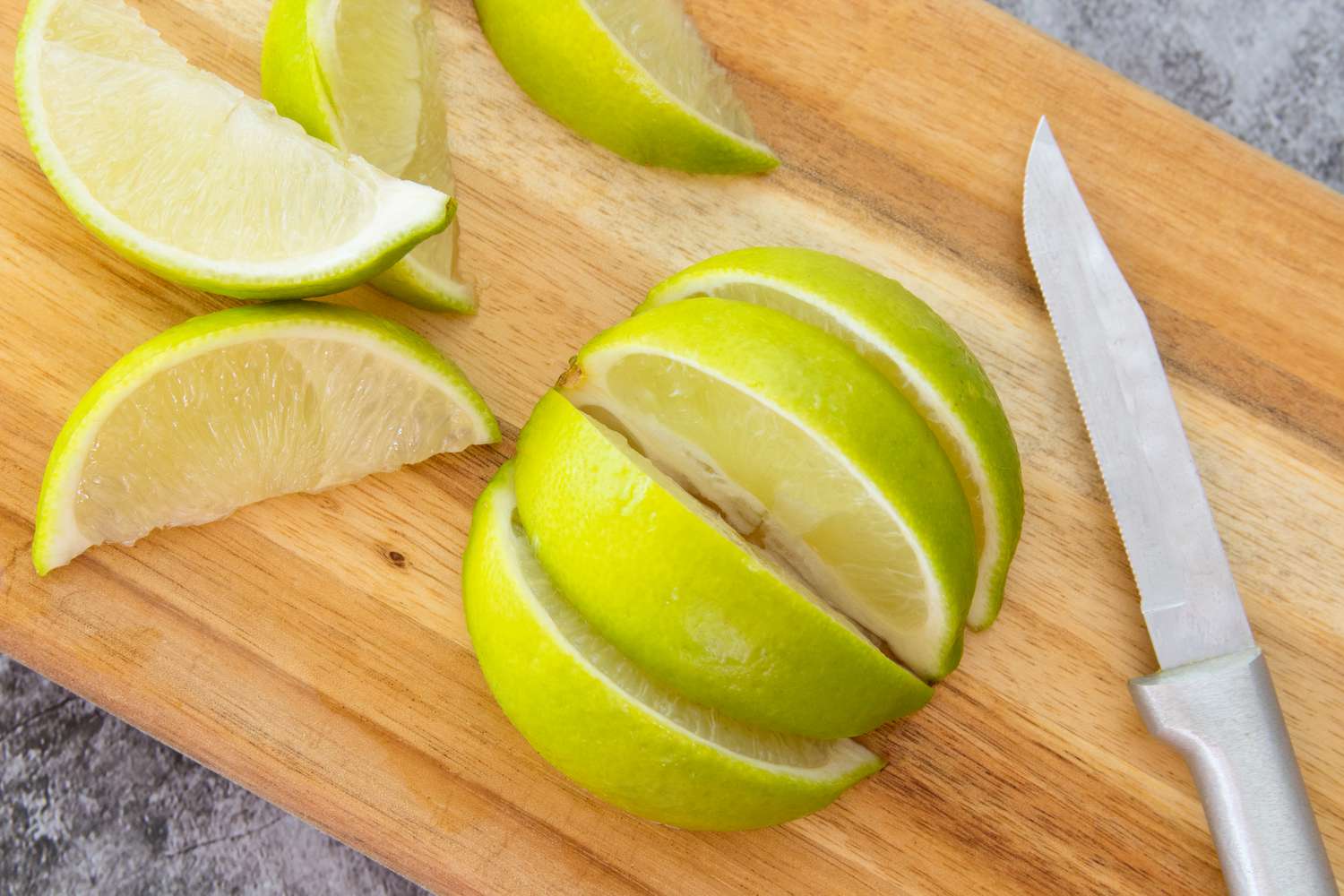
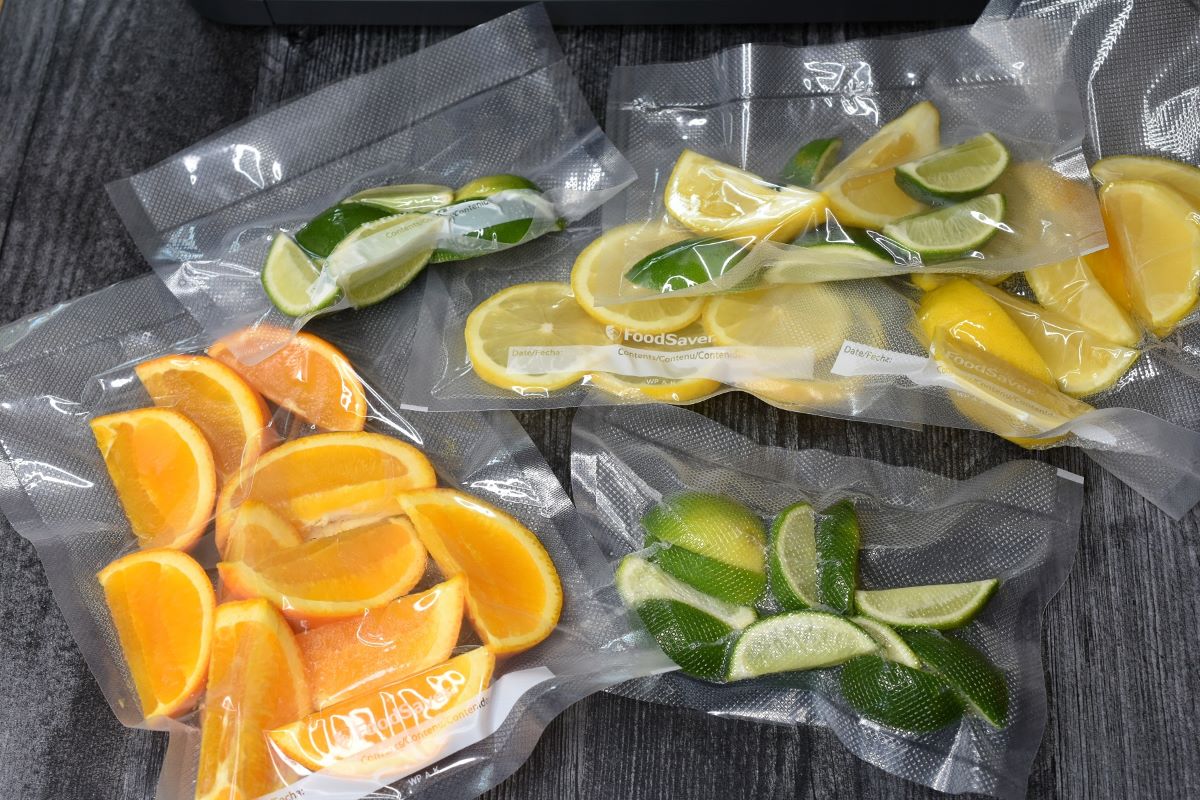


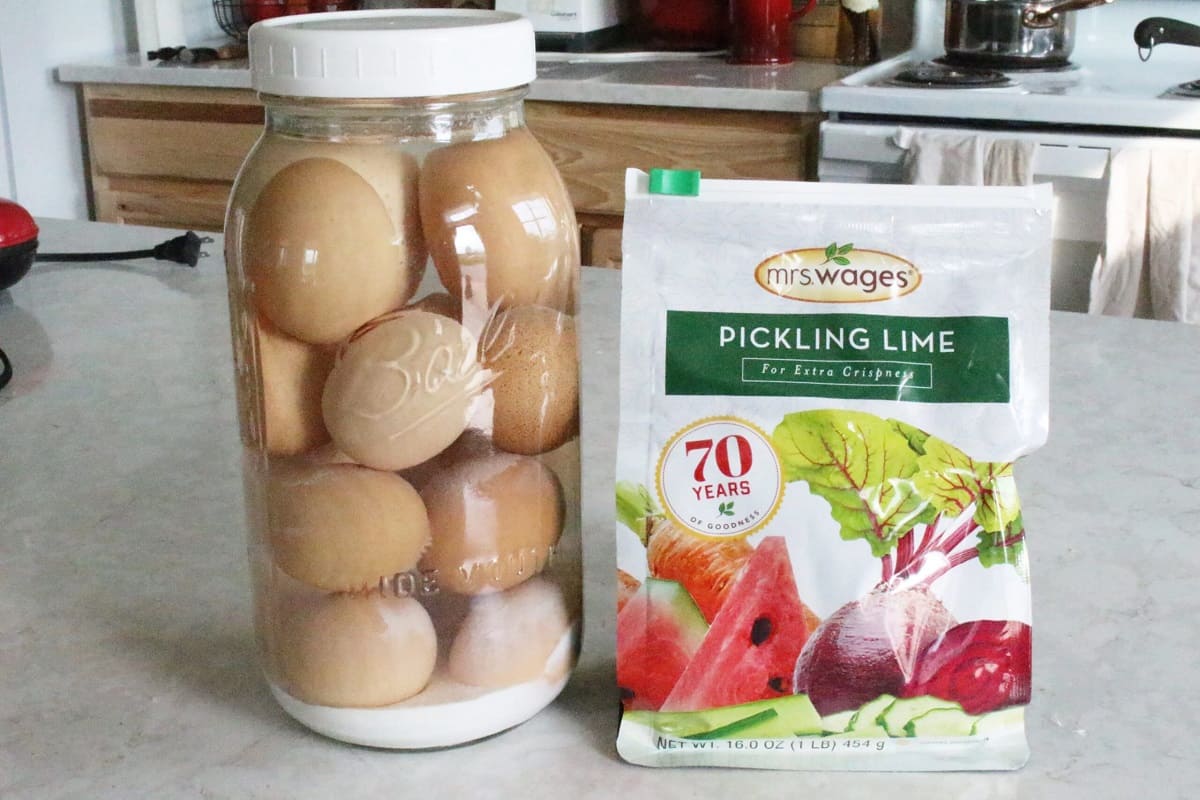
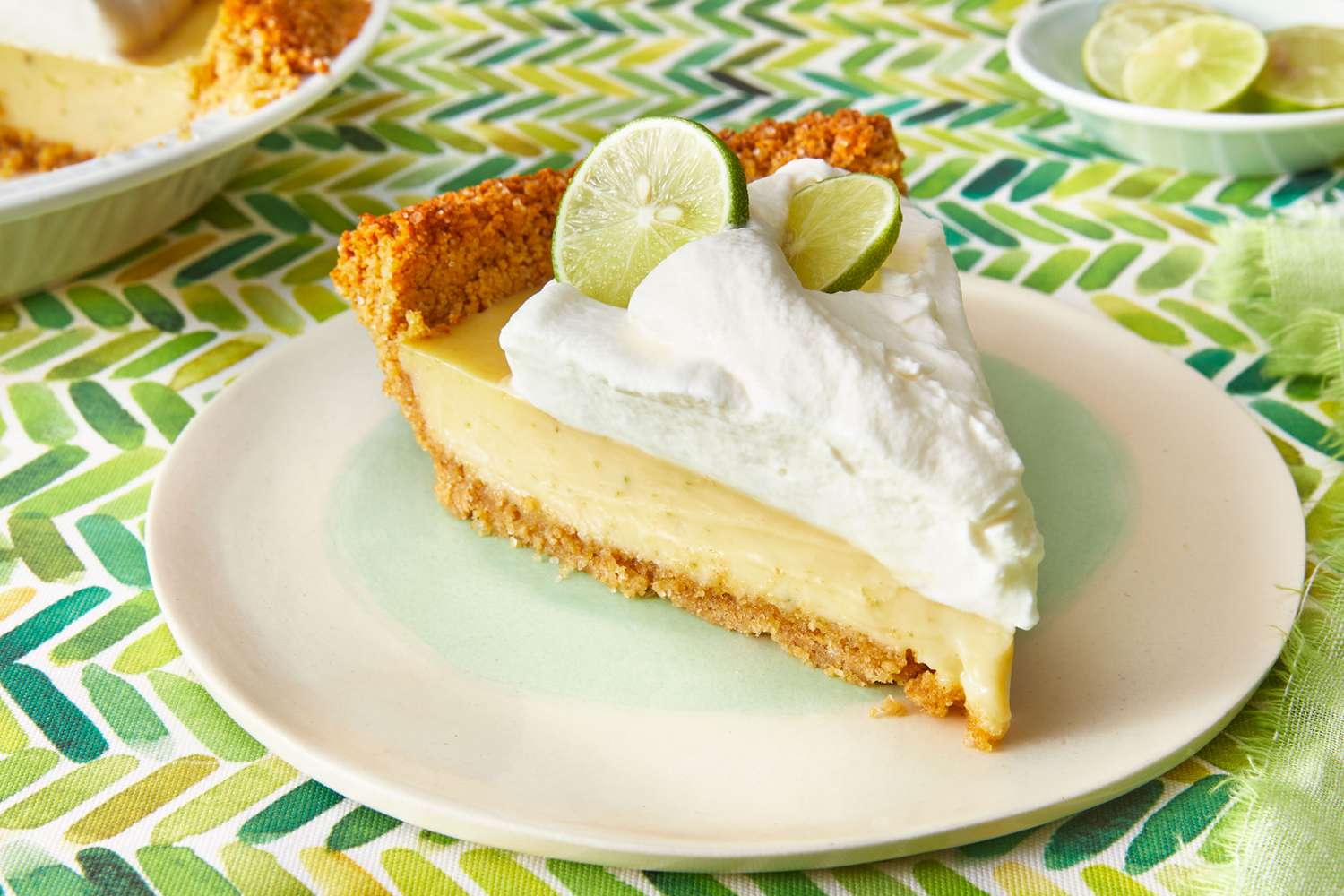


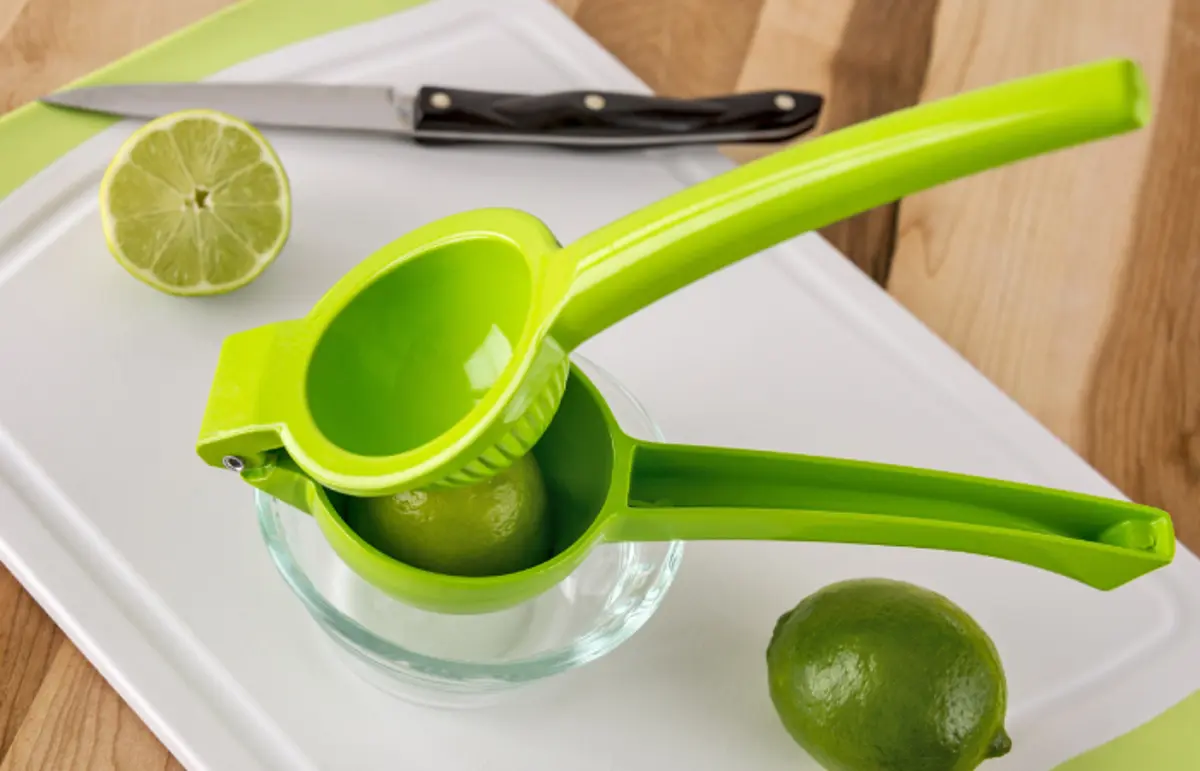
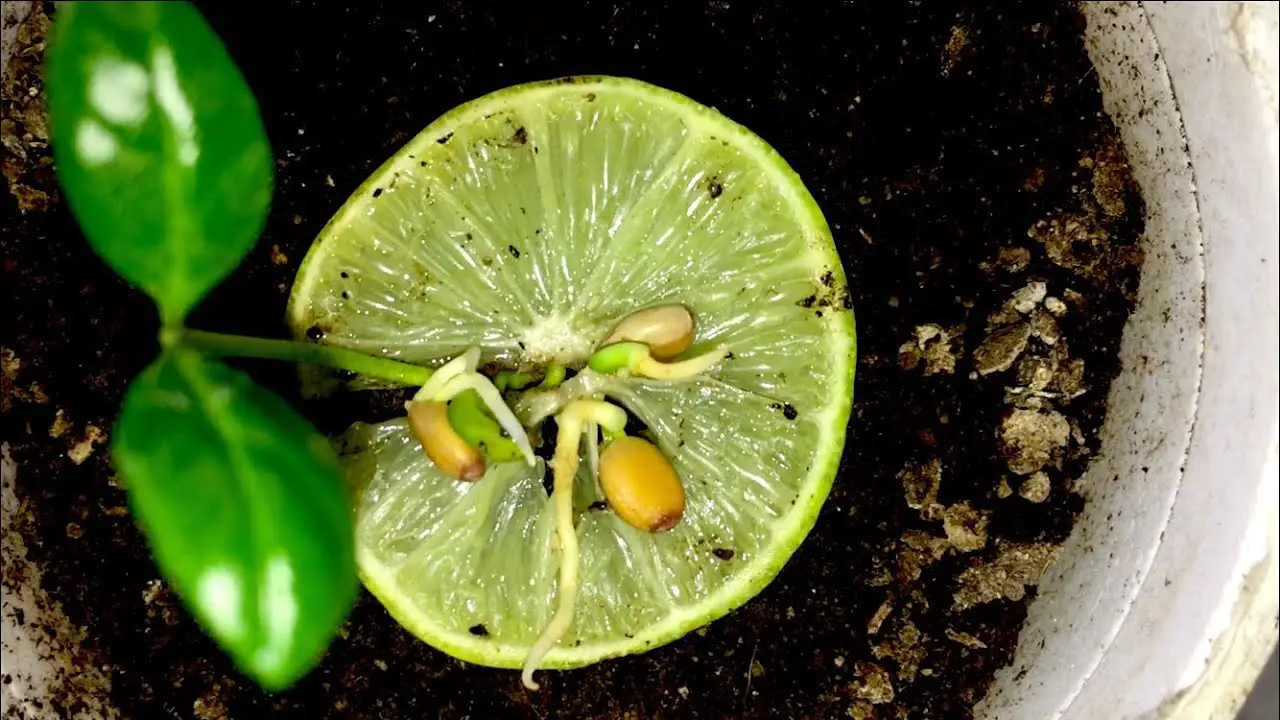

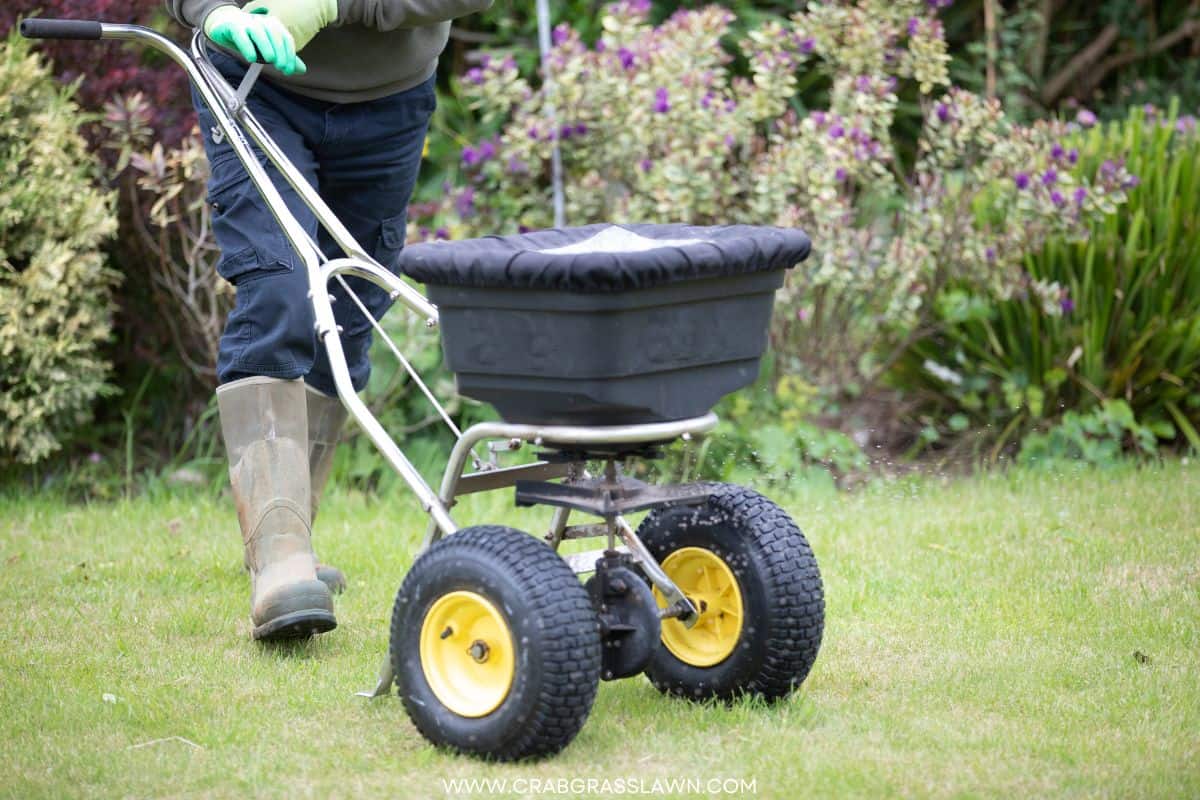



0 thoughts on “How To Store Limes In Freezer”